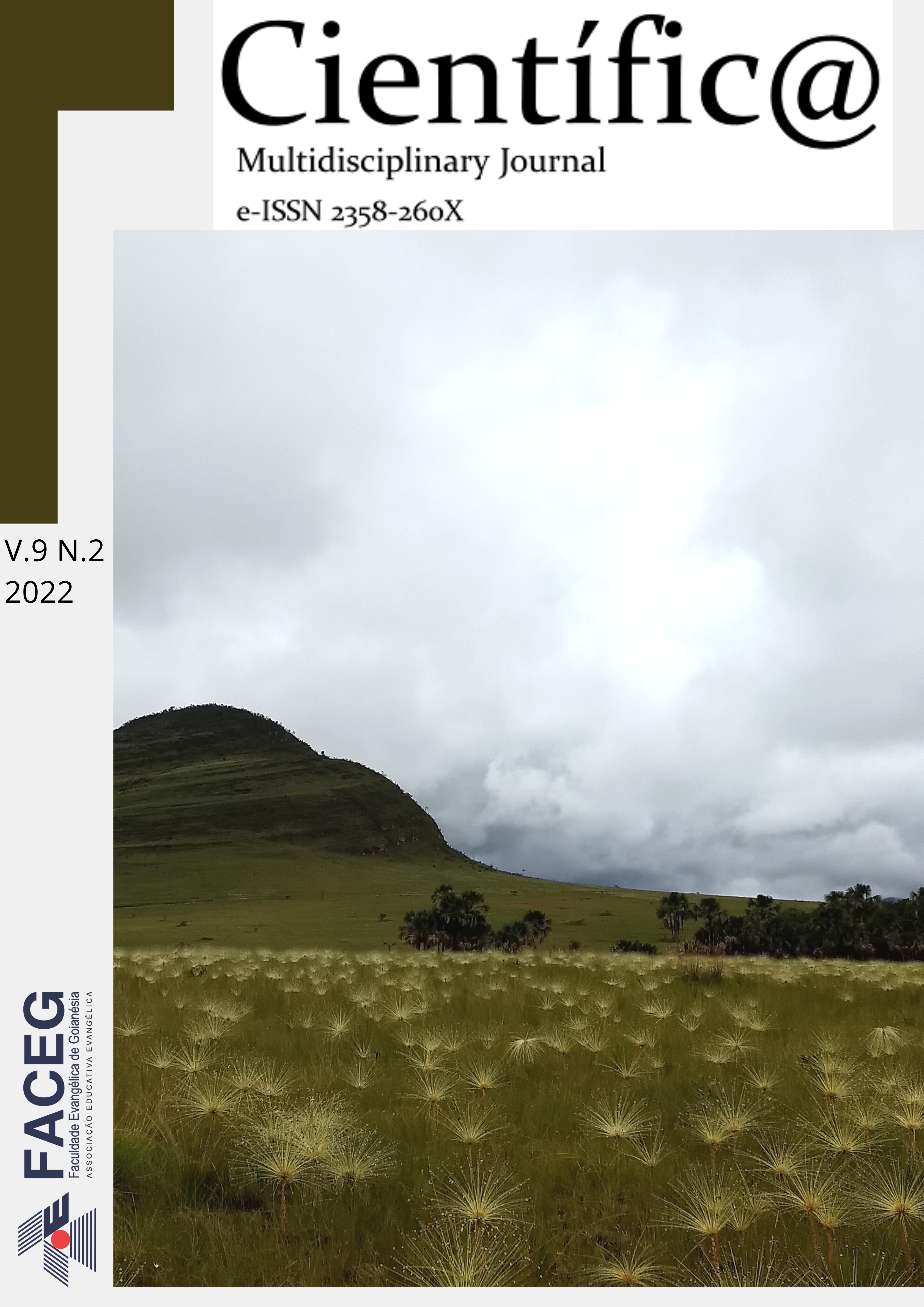ANATOMORPHOLOGICAL CHARACTERIZATION OF THE CASSAVA PLANT (Manihot sculenta Crantz) IN BOTANICS TEACHING IN BASIC EDUCATION SCHOOLS IN ARAPIRACA, AL
DOI:
https://doi.org/10.37951/2358-260X.2022v9i2.6234Abstract
The study of any science is exciting and, in most cases, is seen by primary school students as something complicated because it deals with vast contents, so this work sought to develop a different way to try to minimize the difficulties faced in the classroom. Thus, the main objective of this work was to find anatomical and morphological characteristics of the cassava plant (Manihot sculenta Crantz) through histological sections that can be practiced in a classroom of Basic Education schools in Biology teaching. The plant's root, stem and leaf were used to prepare the blades and the best results were applied in basic education classes. During the classes, the selected histological sections were used as a complement to the theoretical classes and, later, practice was carried out with students from the Costa Rego Basic Education School, in Arapiraca, Alagoas, Brazil. It was noticed that the technique used and the plant chosen for the study provided students with excitement and interest. With the use of a known plant and the chosen method, a favorable return was obtained, allowing for better learning and understanding of the theoretical content taught. Thus, it is concluded that the use of the cassava plant in practical classes of plant biology, in a region that produces this crop, using root, stem and leaf morphology, stimulated students in the study of botany, improving the learning process.
Downloads
Published
How to Cite
Issue
Section
License
Esta revista oferece acesso livre imediato ao seu conteúdo, seguindo o princípio de que disponibilizar gratuitamente o conhecimento científico ao público proporciona maior democratização mundial do conhecimento.
A partir da publicação realizada na revista os autores possuem copyright e direitos de publicação de seus artigos sem restrições.
A Revista Científic@ - Multidisciplinary Journal segue os preceitos legais da licença Creative Commons - Atribuição-NãoComercial 4.0 Internacional. 

